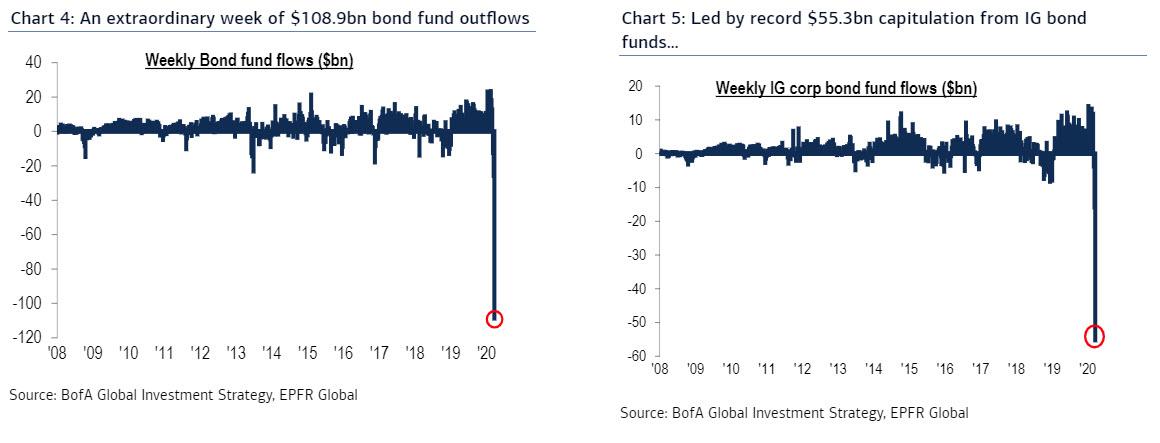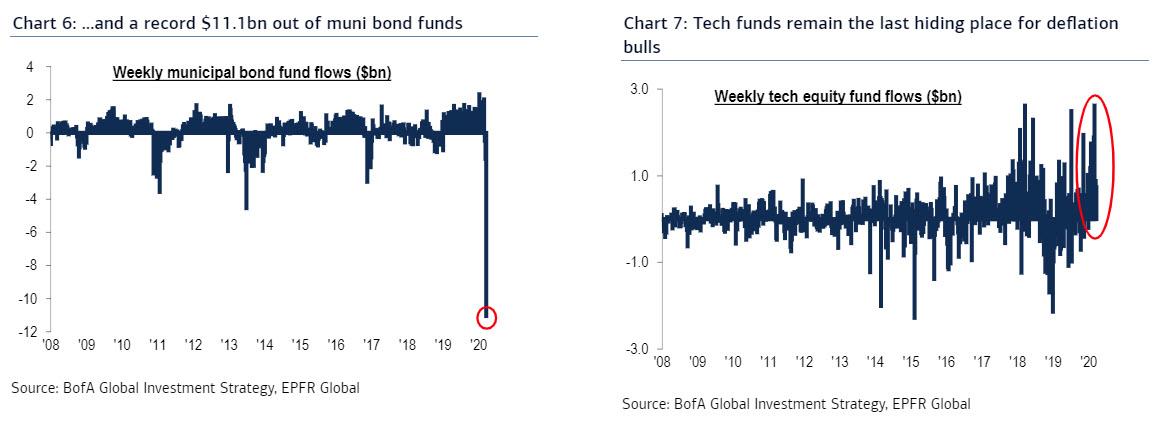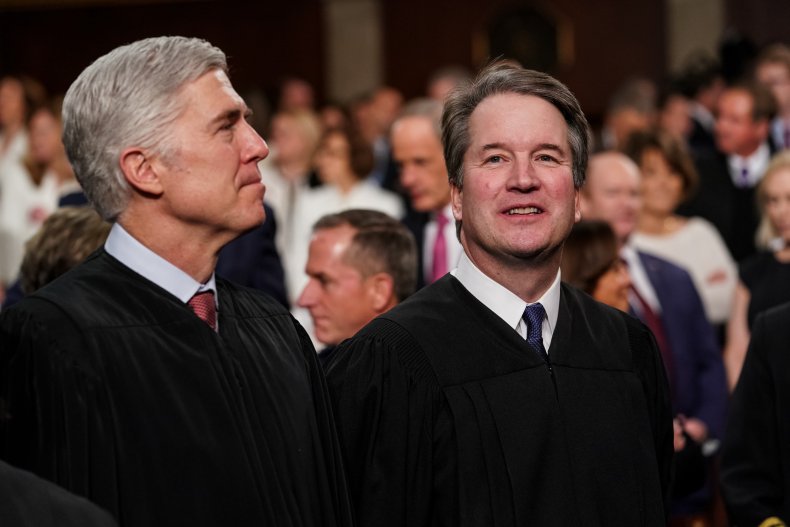With Gov. Cuomo ordering virtually every New Yorker to go home and only non-essential businesses to stay open, one would think Wall Street trading desks would be a ghost town right about now. After all, shuffling pieces of digital paper with an arbitrary value back and forth can hardly be considered essential work, even in the financial capital of the world, especially when most of this shuffling can be conducted from any computer.
Maybe, but for thousands of Wall Street professionals it's not that simple. For one, there is the dramatic slowdown in trade as an infrastructure geared for speed, where billions have been spent on microwave towers and laser signaling, goes unused. And then there are all the other complications arising from telling a head PM to trade out of his bedroom.
As Bloomberg details, Columbia Threadneedle’s Gene Tannuzzo said completing trades is harder then ever, in part because many dealers working remotely don’t have full capacity to transact. Lon Erickson, a PM at Thornburg Investment Management said it’s taking longer to get all parties on the phone to spot, or agree on where a Treasury yield is in order to price a corporate bond. And in this illiquid market, by the time a trade ticket is punched, the price may have moved by several percent.
"It can increase the wait and anxiety because Treasuries move a lot in five minutes in this current market,” Erickson told Bloomberg. "And if you are in a knife fight over individual basis points on a daily basis, that will be more anxiety than you maybe want to live with."
It's not just the inability to quickly round up the middle and back office; for some it means conducting millions in trades over unreliable WiFi networks (perhaps "borrowed" from the nearby Starbucks):
A swath of the world’s traders, analysts, sales personnel and money managers are working from home on makeshift arrays of monitors some have dubbed “Rona Rigs,” for the coronavirus pandemic that’s forcing Wall Street to lock down trading floors to all but the most essential staff. While there are some fans of telecommuting, complaints abound among traders over poor WiFi internet connections, small screens, lack of access to office resources and kids running crazy in the background.
Then there is the unexpected complication of actually parenting one's kids. With daycare and schools around the country close, parents are supposed to moonlight as nannies, which can be problematic for someone following flashing read headlines and keeping track of charts on 8 different screens. Tannuzzo, who is also fighting with children to prevent them from sucking up the broadband with Netflix, said it’s “taking more time to get trades done, especially in any size.”
Tony Farren and his partner Glen Capelo at Mischler Financial Group are among those who see coming into the office as the only way to efficiently trade for clients. At their office in Stamford, Connecticut, they have 12 screens between them to monitor markets. At home that number falls to four.
For DoubleLine Capital’s Greg Whiteley, the rigors of working from home are less about technical difficulties: It’s the blurred line between professional and personal life. The Los Angeles-based portfolio manager of government securities said he feels like he’s always on the job.
"It sort of makes the week one long day instead of a series of separate days," he said. “I have the work station set up here at home and I’m wandering past, checking on the market and having conversations with colleagues about 16 hours a day.”
In the last two editions of his daily Early Morning Reid, DB's Jim Reid recounts several very vivid anecdotes of just how blurred this personal/professional line has become:
Working from home has ruined my exercise regime. As regular readers will know I walk to the station, walk from station to office, walk to meetings and walk just for the sake of walking. A slow financial market Forest Gump. At the moment walking is limited to between my kitchen and my study. So my calorie and step count on my iPhone has taken a severe hit. However in-spite of being as busy as I can remember (apologies if I haven’t responded to an email. I can’t keep up) I’m now trying to get into a routine of answering emails twice a day from my exercise bike. So if you get an email from me I’ll more than likely on my bike. In fact I’m writing this paragraph on it too.
... and:
Over the past three weeks I’ve kept light hearted introductions to a minimum as I’m sure you’ve got more important things to worry about. However I must tell you about the stresses of working from home yesterday and also highlight that I’ll be live from home on Bloomberg TV this morning at 9am GMT assuming I can keep the twins at bay and my Wi-Fi works. Last night my wife helped me replace all the sports and music books with business ones on the shelves behind my desk. I’ve left one rogue book. See if you can spot it. Anyway, yesterday my mobile reception suddenly decided to die at home and I got kicked off an internal conference call and couldn’t get back in as I had no reception. With an hour to go until my client credit conference call with nearly 1500 registered I realised I couldn’t do the call. We don’t have a landline so my wife offered to drive to buy a phone. On returning 20 minutes before the call we realised that the builders hadn’t created the phone port properly. We found that the only available socket was in our boiler cupboard where all the electrics and internet/phone line come in. With 10mins to go we unwrapped the phone and discovered it needed 16 hours of charge! So we put it on charge and I used my wife’s mobile instead. Reception cut out just as I started the call. So I then had to tuck myself into the boiler cupboard and gamble that one bar of battery was enough. I also had to turn the central heating off so it didn’t fire up during the call. My family froze for the benefit of our clients. I’m not sure other brokers can match that for commitment. It was a very stressful hour. Anyway if you want to hear the replay, register here to get the number. See you live from my home at 9am.
Whether it is due to traders working off site, or because the Fed's liquidity injections have failed to backstop markets, liquidity indeed cratered this week, reaching levels worse than those during the financial crisis and resulting in outsized market moves which have only spike trader angst further. That’s creating a “large-scale operation risk” just as the plumbing of the financial markets is being tested, Joshua Younger, the head of U.S. interest rate derivatives strategy at JPMorgan Chase & Co., warned last week.
Yet while most traders lament their WFH fate, investment bank directives don’t extend to every trader, some of whom are considered mission critical employees. It is those employees who are told to come to the office, that find themselves with the worst possible outcome.
One such trader reached out to us: wishing to remain anonymous, he said that "everyone at Bank of America is scared to death, but not sure what to do, because the bank is still requiring all traders, even those with full work-from-home capabilities, to come into the office, even after multiple confirmed cases of COVID19 on the trading floor."
Further, he notes, this is after all exchanges and regulatory bodies have given relief from any rules requiring traders to transact from an address that the business has as a registered place of business.
Multiple coworkers are pregnant or have pregnant spouses at home, or are in the high risk age group, yet the bank demands folks continue to come into work and sit in highly condensed areas (CDC recommends gatherings of no more than 10 people!) and do work as usual on the trade floor.
Asked if Cuomo's decision announced today that non-essential businesses have to shut down, the trader said that that won't make a difference:
Saying traders are designated as essential employeesEven if capable of trading from home, not allowed Bc they are demanding employees still report to the office, even with multiple confirmed COVID19 cases in the officeExchanges and regulators have given relief for requirements that trades be done at a registered address, yet BOFA still using this as the reason for requiring folks to come in
His conclusion: "Employees are ready to riot."
He is hardly alone, because even as most other Wall Street banks and funds pull most of their non-critical employees, they are keeping skeleton crews of key traders who ensure that "the machines stay on", even if it means their chances of contracting the deadly virus skyrocket. And since for Trump avoiding a (even bigger) market crash is of utmost importance, we are curious how the administration will resolve this particular thorny issue: on one hand the US financial capital is now on lockdown due to over 5,000 coronavirus cases and counting, yet where on the other hand, a real lockdown with trading floors completely deserted could mean that the 30% plunge in stocks so far, which has wiped out almost all of the Trump administration gains, is just an appetizer for what is coming.




